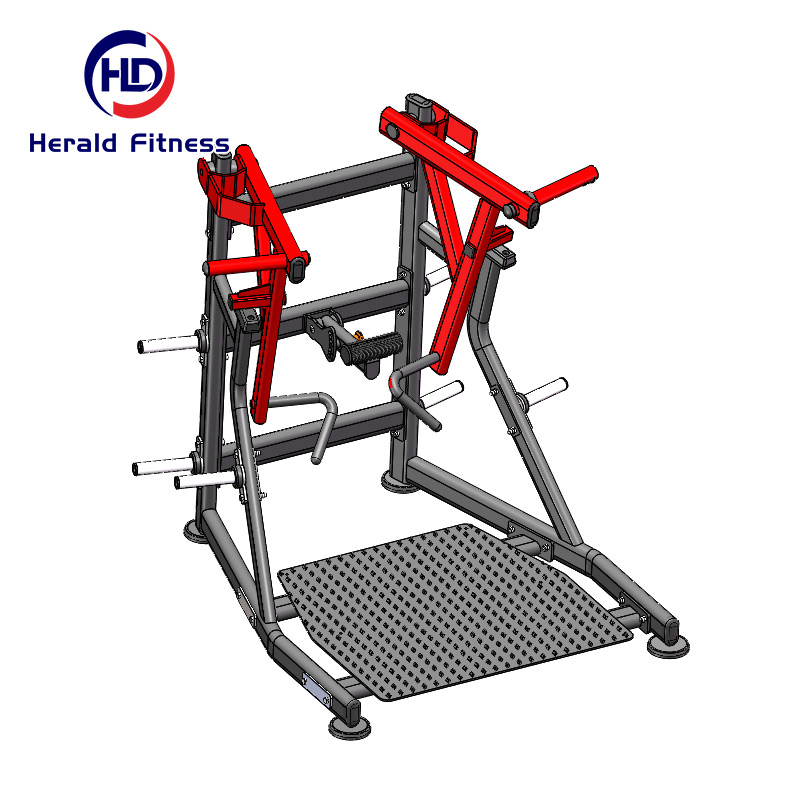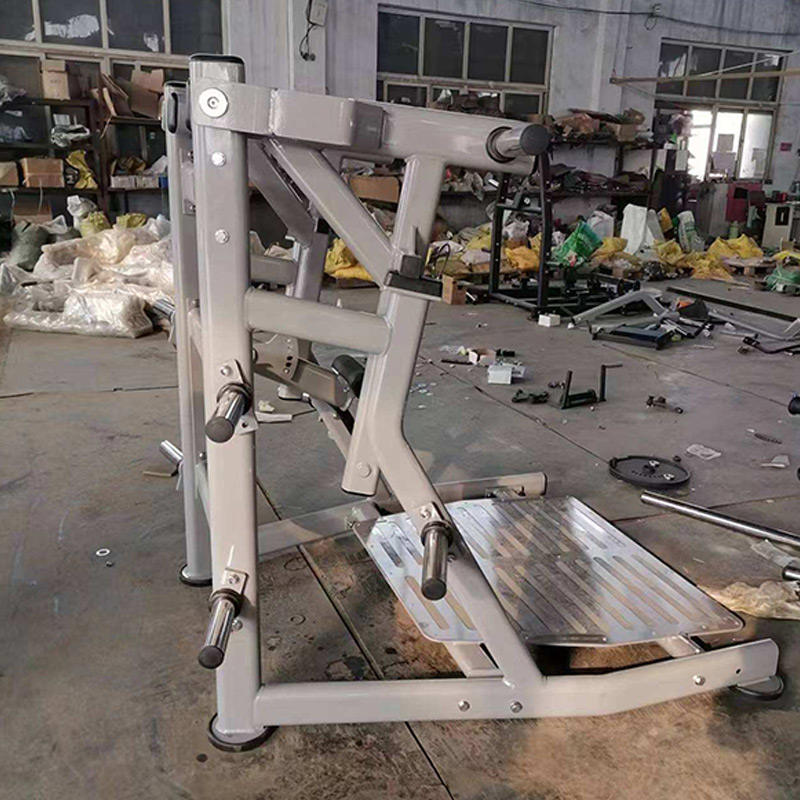Benefits of Standing Row Machine:
- Targeted Muscle Engagement:
- The standing row primarily targets the muscles of the upper back (latissimus dorsi), shoulders (deltoids), and arms (biceps and forearms). It also engages the core muscles to stabilize the body during the pulling motion.
- Functional Strength and Stability:
- Standing row exercises replicate pulling movements that are essential for daily activities and sports performance, enhancing functional strength and stability in the upper body.
- Range of Motion and Flexibility:
- Cable-based standing row machines typically offer a wide range of motion, allowing users to adjust the height and angle of pull to target different areas of the back and shoulders effectively. This flexibility accommodates users of various heights and body types.
- Joint-Friendly Exercise:
- Unlike free-weight rows, standing row machines provide a guided movement pattern that reduces strain on joints and tendons, making it suitable for individuals with joint issues or those recovering from injuries.
- Variety in Grips and Adjustability:
- Many standing row machines feature interchangeable grips (such as wide grip, narrow grip, and neutral grip handles) and adjustable resistance settings, enabling users to customize their workout intensity and target specific muscle groups.
Considerations When Introducing a Standing Row Machine:
- Proper Technique and Form:
- Educate members on maintaining proper posture, grip, and pulling technique to maximize effectiveness and prevent injury. Consider offering instructional sessions or integrating guidance into personal training programs.
- Space and Equipment Placement:
- Place the standing row machine in a designated area with adequate space for full range of motion and user comfort. Ensure there is enough clearance around the machine to prevent collisions or obstruction during use.
- Maintenance and Safety Checks:
- Regularly inspect the machine’s cables, handles, and pulleys for wear and tear. Lubricate moving parts and tighten bolts as needed to ensure smooth operation and user safety.
- User Comfort and Accessibility:
- Provide ergonomic handles and adjustable seat or footplate settings to accommodate users of different heights and arm lengths. Ensure that the machine is accessible and user-friendly for all gym members.
Implementation Tips:
- Exercise Variety: Demonstrate various grip positions and pulling techniques to target different muscle groups in the back, shoulders, and arms.
- Progressive Resistance: Encourage members to gradually increase the weight or resistance level to continuously challenge their muscles and achieve progressive overload.
- Feedback and Adjustment: Seek feedback from members regarding their experience with the standing row machine to optimize its setup, functionality, and integration into the gym’s fitness programs.





















































Reviews
There are no reviews yet.